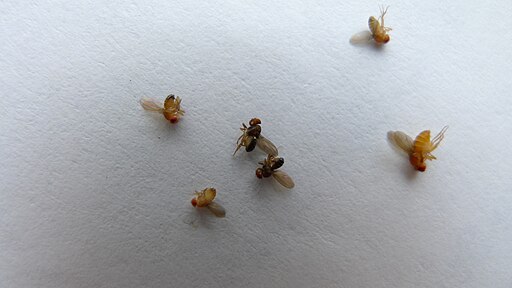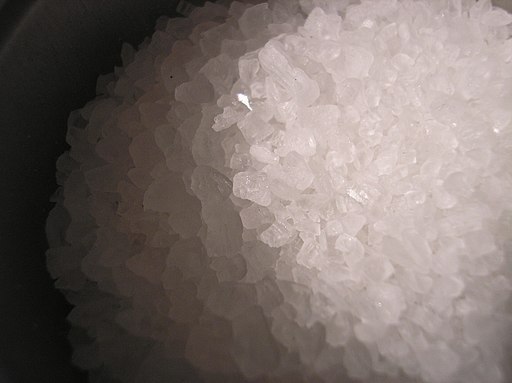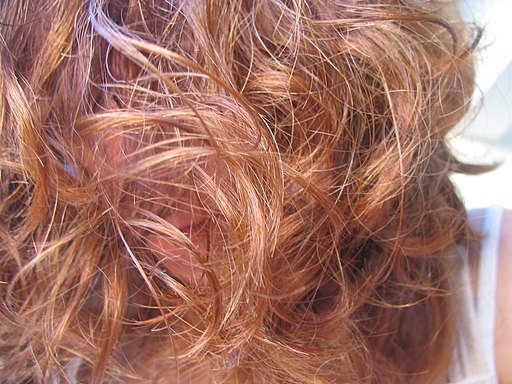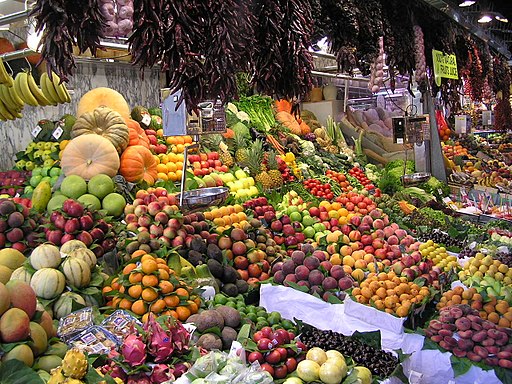
Our understanding of the cause of autism took another step forward this month, when two American professors, one from Harvard and the other from MIT, reported the results of their recent studies.
According to experiments they performed on mice, autistic characteristics, such as impaired sociability and repetitive behaviour, were reliably reproduced in a pregnant mother’s offspring when the fetus was exposed to a particular strain of bacteria from her digestive tract.
This new information corroborates previous research concerning bacteria and autism. In those studies, it was found that women who gave birth to an autistic child were more likely to have suffered a bacterial infection during pregnancy. Commonplace infections such as influenza, urinary tract infections, or viral gastroenteritis were implicated.
In this new research, one specific type of harmless bacteria, called “segmented filamentous” bacteria, created “patches” of over-stimulation in a particular area of the baby’s brain. Babies born with these patches demonstrated autistic behaviours. The location of the patches were in areas of the brain thought to be responsible for proprioreception, or the ability of the body to determine where it is in space. When antibiotics were used to eliminate this strain of bacteria, the patches of over-stimulation ended, and all symptoms of autism vanished.
According to Jun Huh, one of the researchers: “This data strongly suggests that perhaps certain mothers who happen to carry these types of ….. bacteria in their gut may be susceptible to this inflammation-induced condition.” As this research was conducted on mice, it will need to be replicated on human immune cells for it to be confirmed. Nevertheless, it does much to widen our understanding of autism spectrum disorders.
While these new studies confirm a bacterial cause for autism, we also know that genetics plays a strong role in the development of the condition. Previous research on identical twins showed that if one twin was found to have autism, the other was 88% more likely to have the condition as well. This differed from fraternal twins, who were only 31% more likely to have autism if their sibling did. Males were also more likely to have autism than females.
While the genetic cause of autism is unquestioned, researchers also note that epigenetic (environmental influence on genes), and other isolated exposures from the environment, such as viruses or pollution, also play a part.
Every new piece of the puzzle is welcomed! With hope, one day we’ll be able to prevent autism before it starts.






